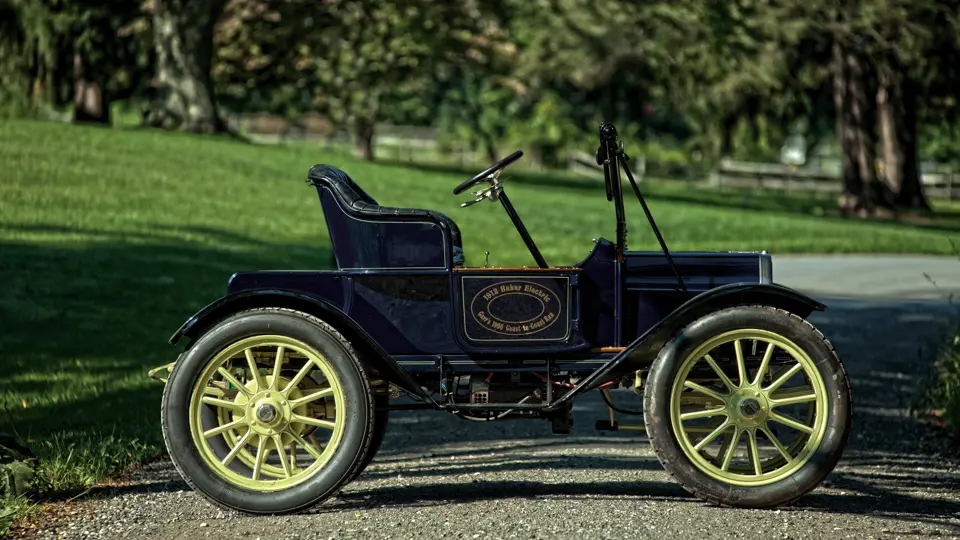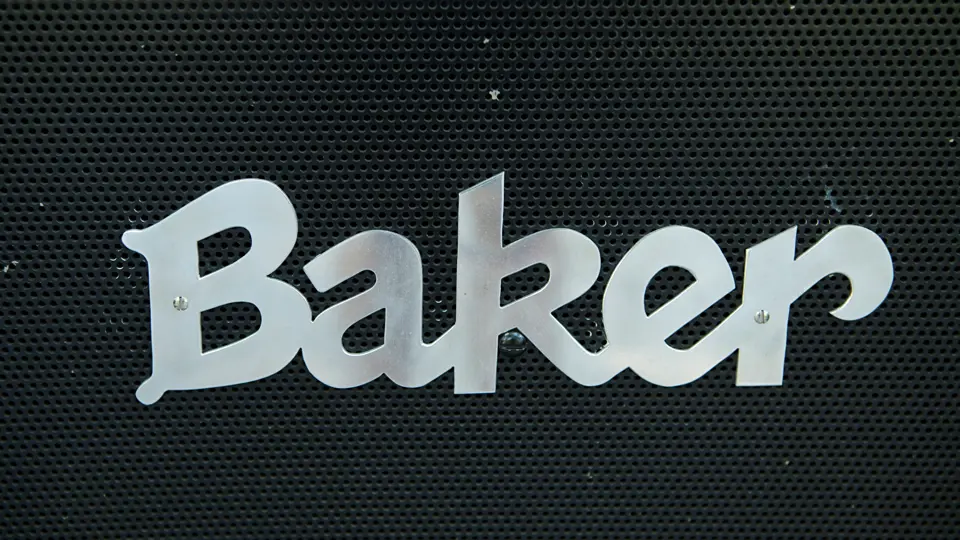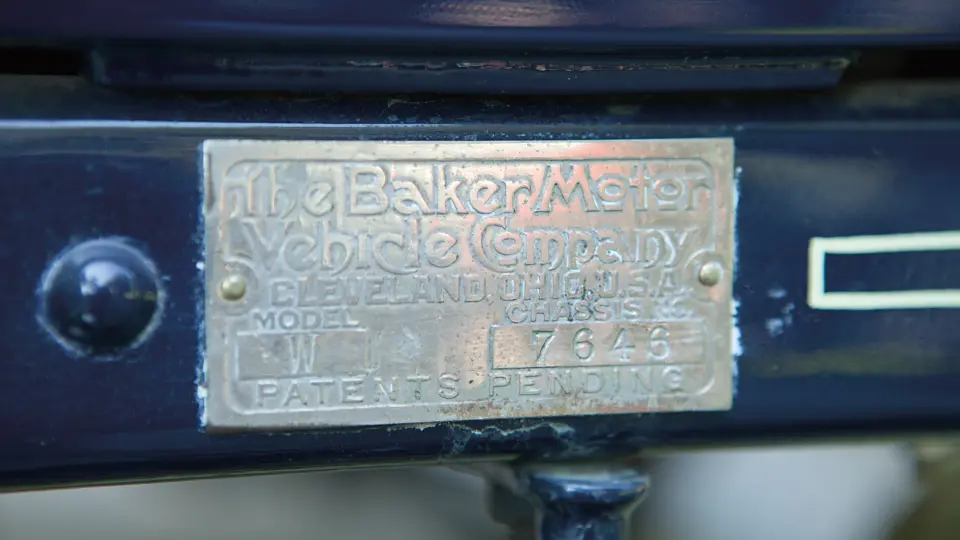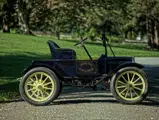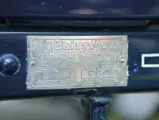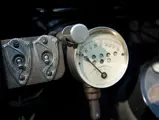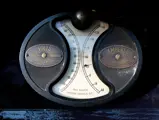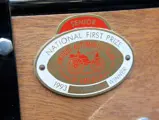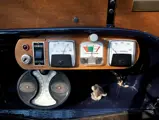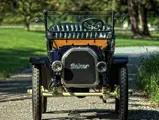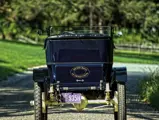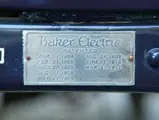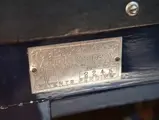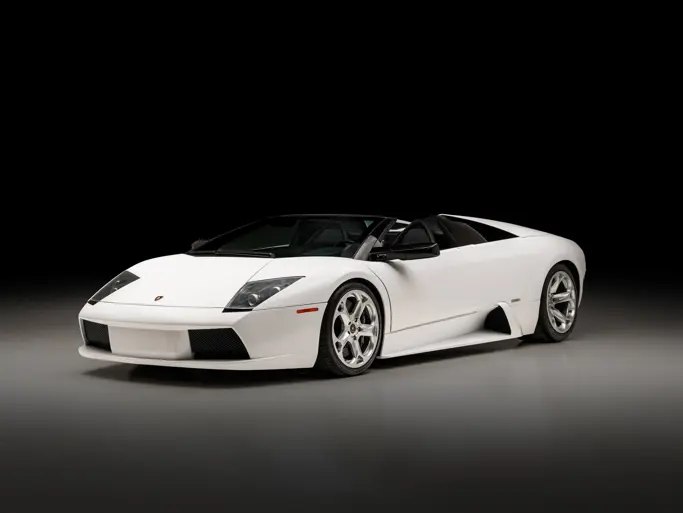18 hp, 72-volt electric motor, leaf spring suspension, and rear-wheel brakes. Wheelbase: 80 in.
• Offered from the collection of Raymond H. Carr
• Formerly of the renowned Harrah Collection
• 1995 Guinness World Record holder; coast-to-coast in an electric vehicle
• New London to New Brighton veteran 1993
In 1910, Baker Electric proclaimed in its advertising, “It outsells all other electrics because it outclasses them. More than three times as many Baker Electrics are sold each year than of any other one make.” Baker owed its popularity to its tireless inventor and promoter, Walter C. Baker. Baker graduated from the Case School of Applied Science in Cleveland, Ohio, in 1891; he assisted Morris & Salom in the building of the Electrobat for the World’s Columbian Exposition in 1893; he joined the Cleveland Machine Screw Company in 1894; and shortly thereafter, he organized the American Ball Bearing Company in 1898. With the help of Fred and Rollin White, founders of the White automobile, he established the Baker Motor Vehicle Company.
Sales began in 1900, with Thomas Edison among the first purchasers. Those early cars were capable of two speeds of six and twelve miles per hour. Baker wanted to prove that the electric car could be quick, too. He designed a special racer with a 12 horsepower motor, some four times more powerful than his production cars, to prove the point. In June 1902, on a Staten Island, New York, speedway he covered a mile in 47 seconds but crashed, killing two spectators. He tried again one year later with another version of the same car, this time in Cleveland. In September 1903, he drove the car to record-breaking speeds for two- to ten-mile distances, but later that day, crashed the car once again, permanently curtailing has racing career.
Bevel gear shaft drive was adopted in 1910, becoming the hallmark of Baker promotion thereafter. In 1915, Baker merged with Rauch & Lang and continued production of vehicles under the Baker name until 1916. Latter-day purchasers included “Diamond” Jim Brady and the King of Siam. The company was also known for producing electric industrial trucks, as well as a successful foray into the coachbuilding business, as Raulang built bodies for Reo, Franklin, Wills Sainte Claire, Jordan, Lexington, and Biddle.
Formerly part of the Harrah Collection, Carr purchased this vehicle in unrestored condition in 1986. The restoration to its original colors of midnight blue with cream trim was done in his own shop, with assistance from the Eastern Electric Vehicle Club headquartered at the nearby Boyertown Museum of Historic Vehicles in Boyertown, Pennsylvania. The car was shown thereafter receiving its AACA Senior Award in 1993.
Prior to its record-setting cross-country tour, the original electric motor was replaced and a more powerful 18 horsepower motor was installed in its place, while the 72-volt electrical system remained as-built (the original electric motor is included with the sale). Carr drove the Baker, nicknamed “Sadie,” on the 120-mile New London to New Brighton, Minnesota Antique Car run in 1993; the only electric car to do so that year. He then drove this Baker a distance of 3,304 miles, beginning May 28 from Astoria, Oregon to Atlantic City, New Jersey, completing the trip on July 3, 1995, while setting a Guinness World Record for the first electric vehicle to travel coast-to-coast. Most recently, the car was displayed at the 2011 100 Motorcars of Radnor Hunt and as part of the Alternative Energy Exhibit at the AACA Museum in Hershey, Pennsylvania in the spring of 2012.
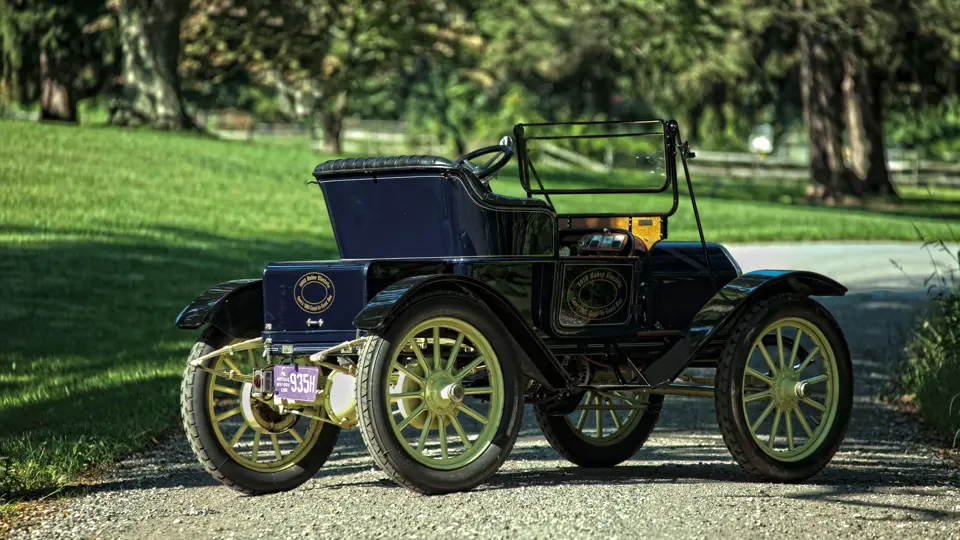



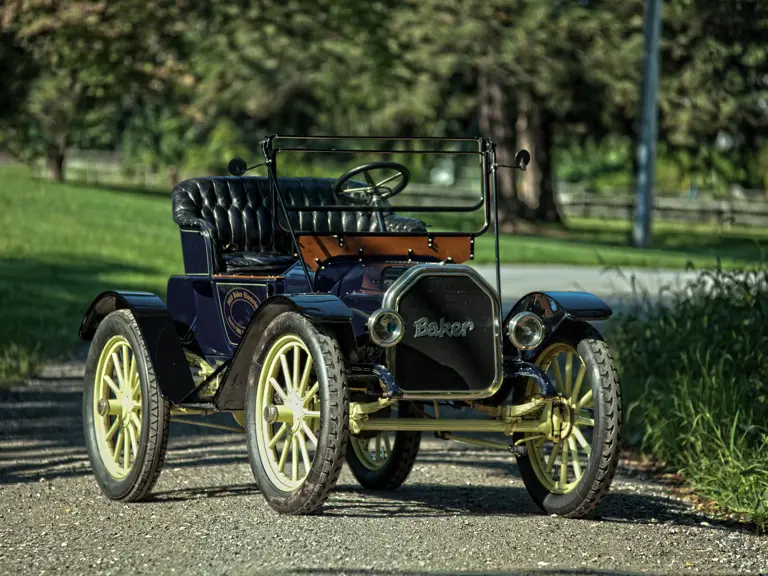
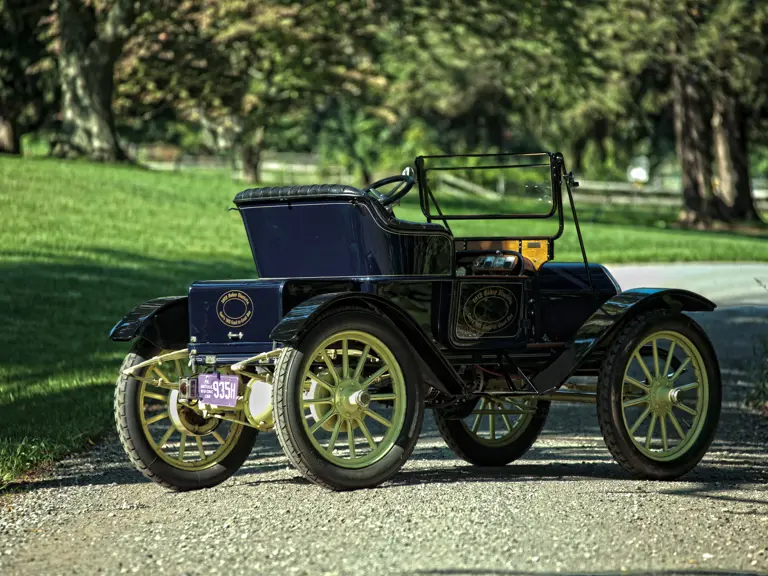
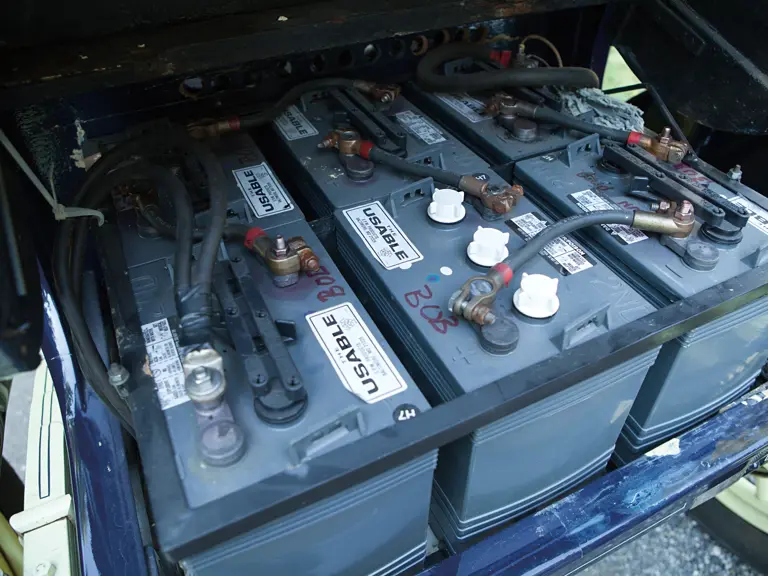

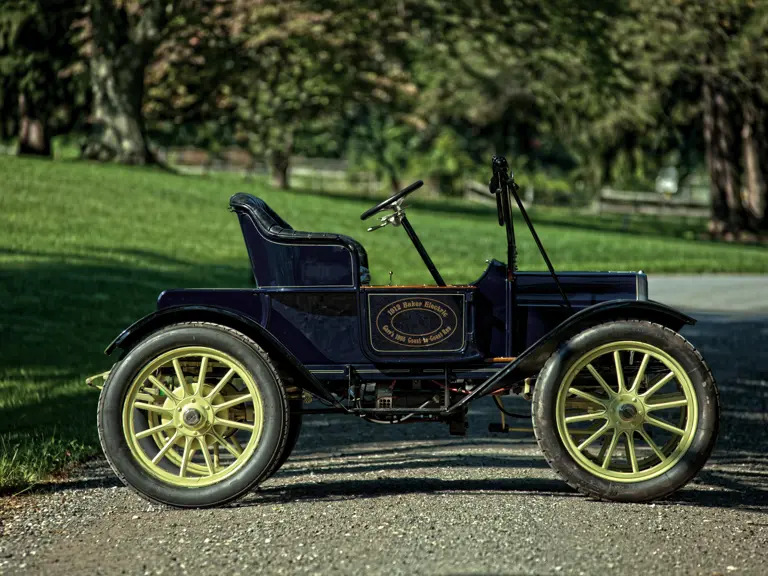
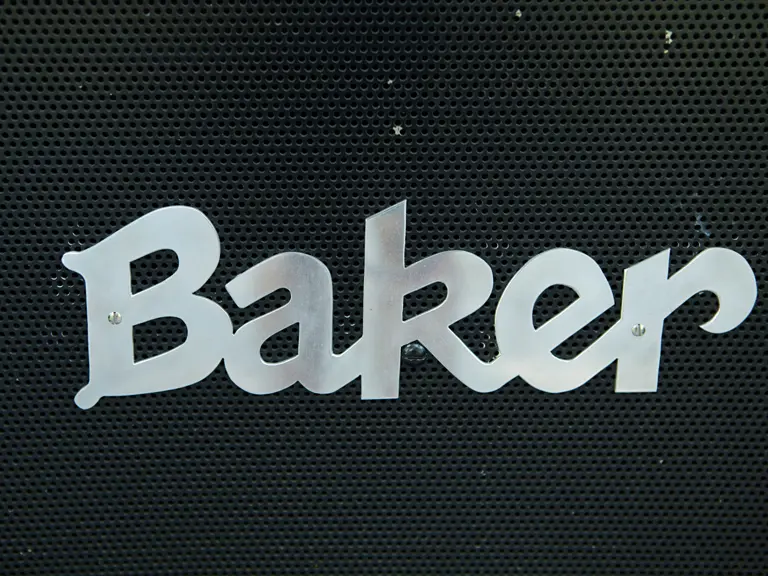

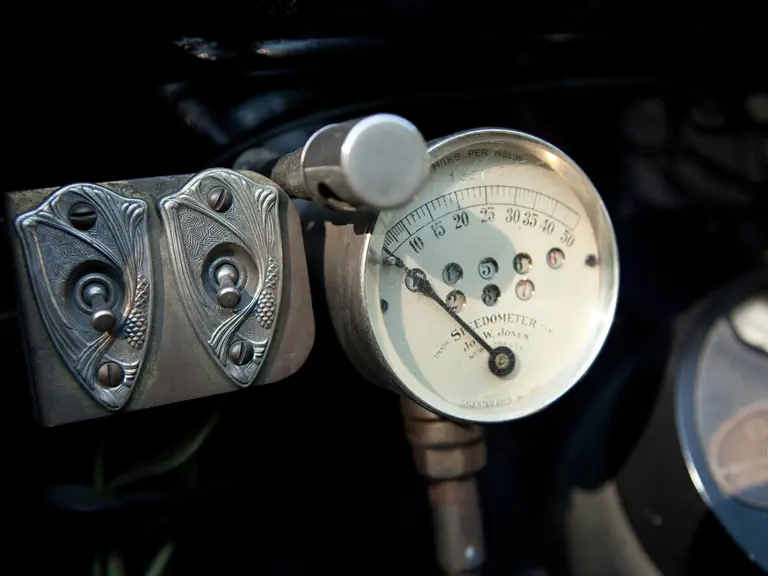


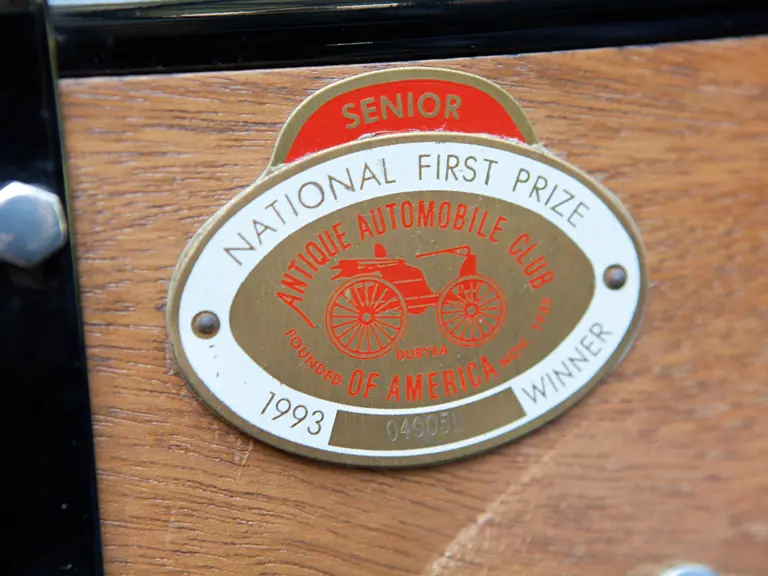
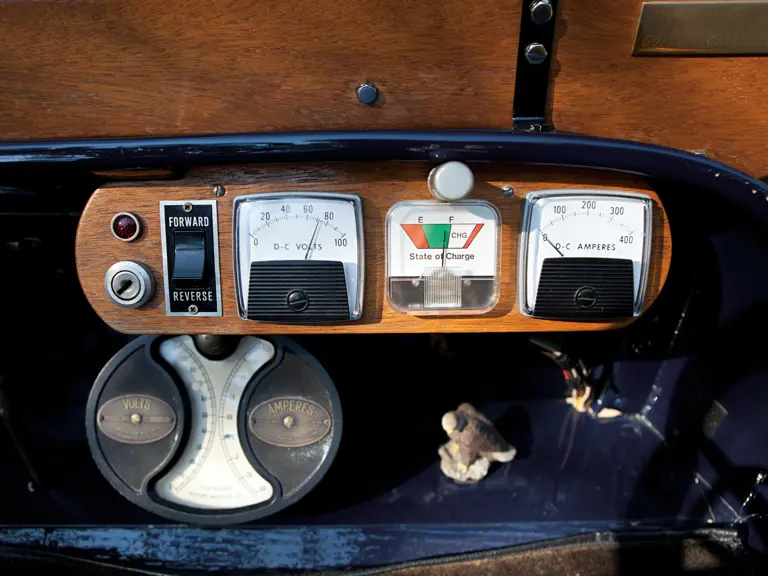
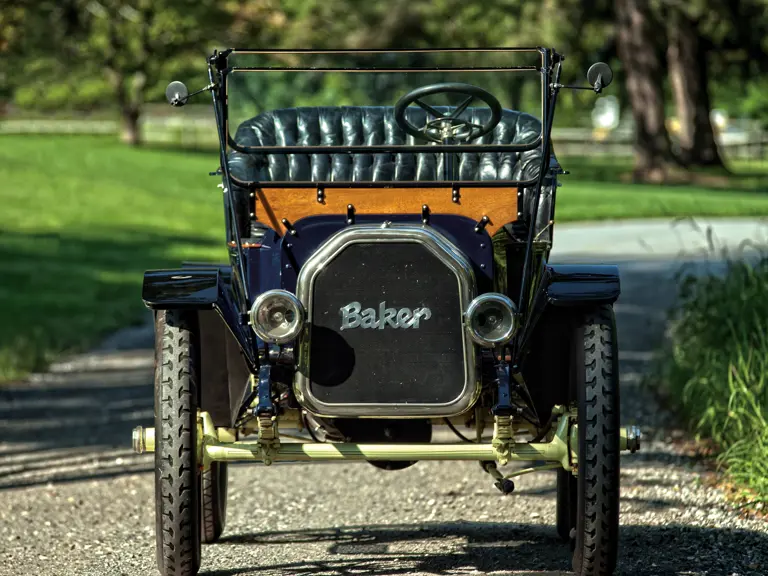

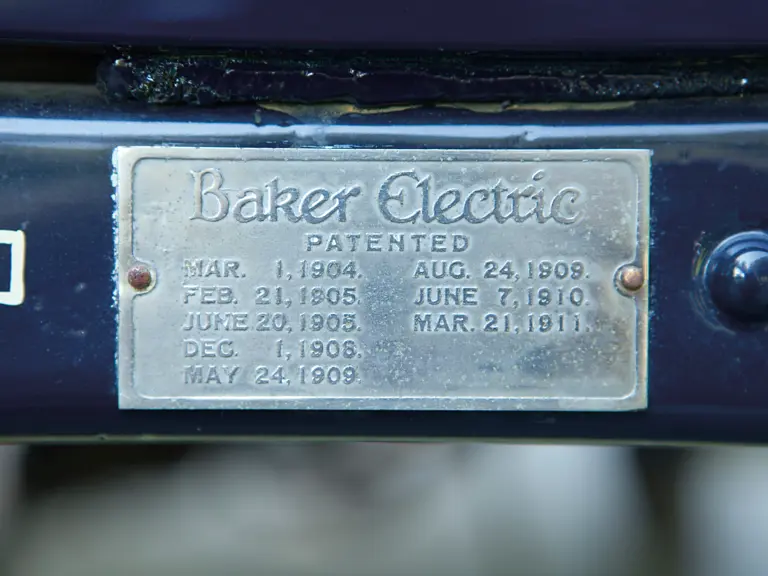
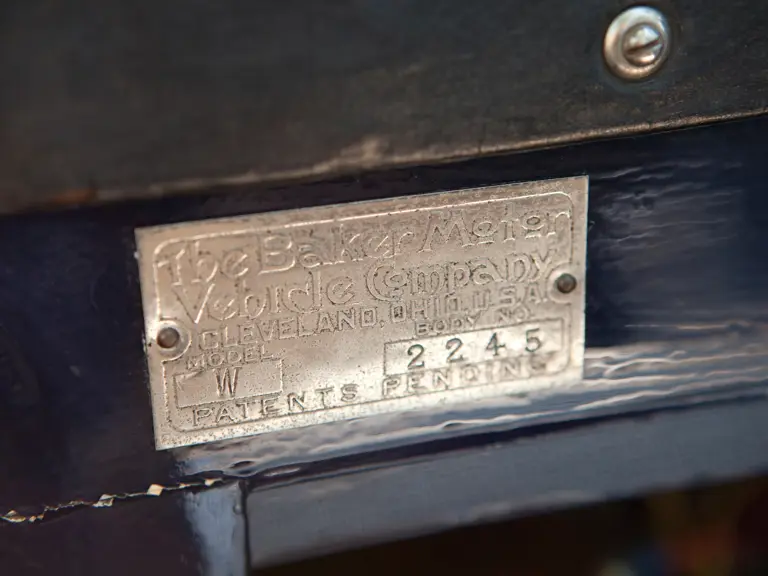
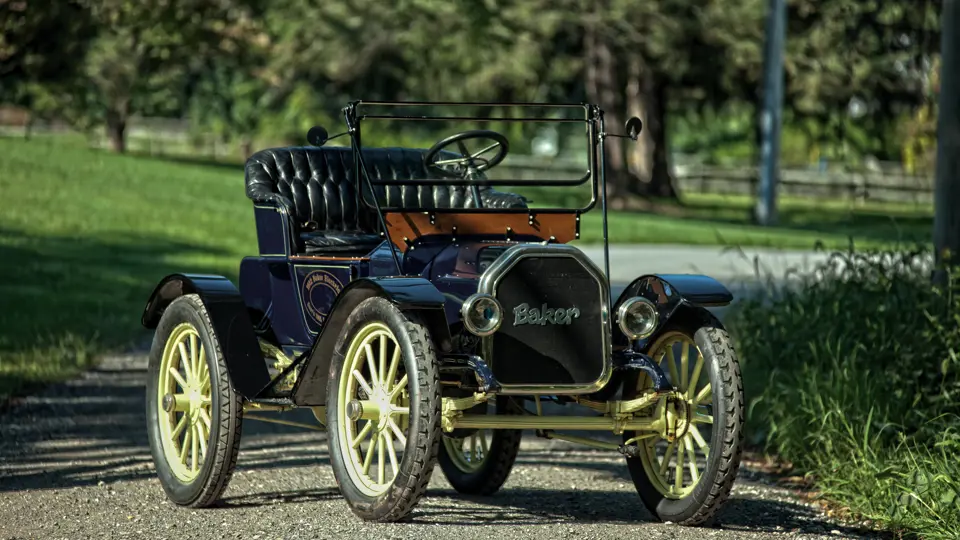
 | Hershey, Pennsylvania
| Hershey, Pennsylvania
